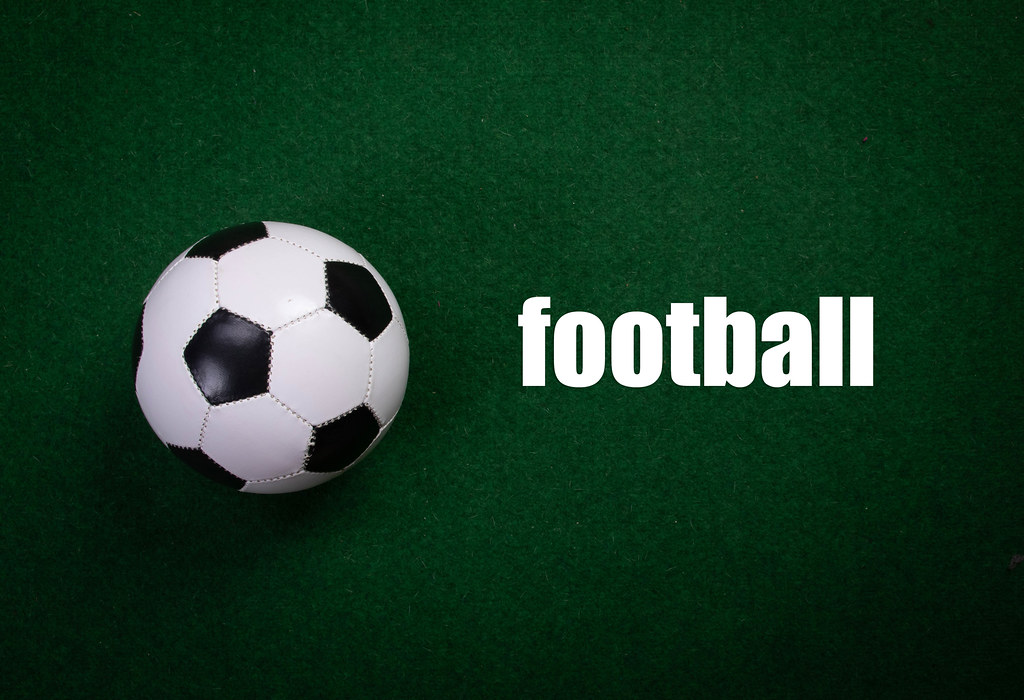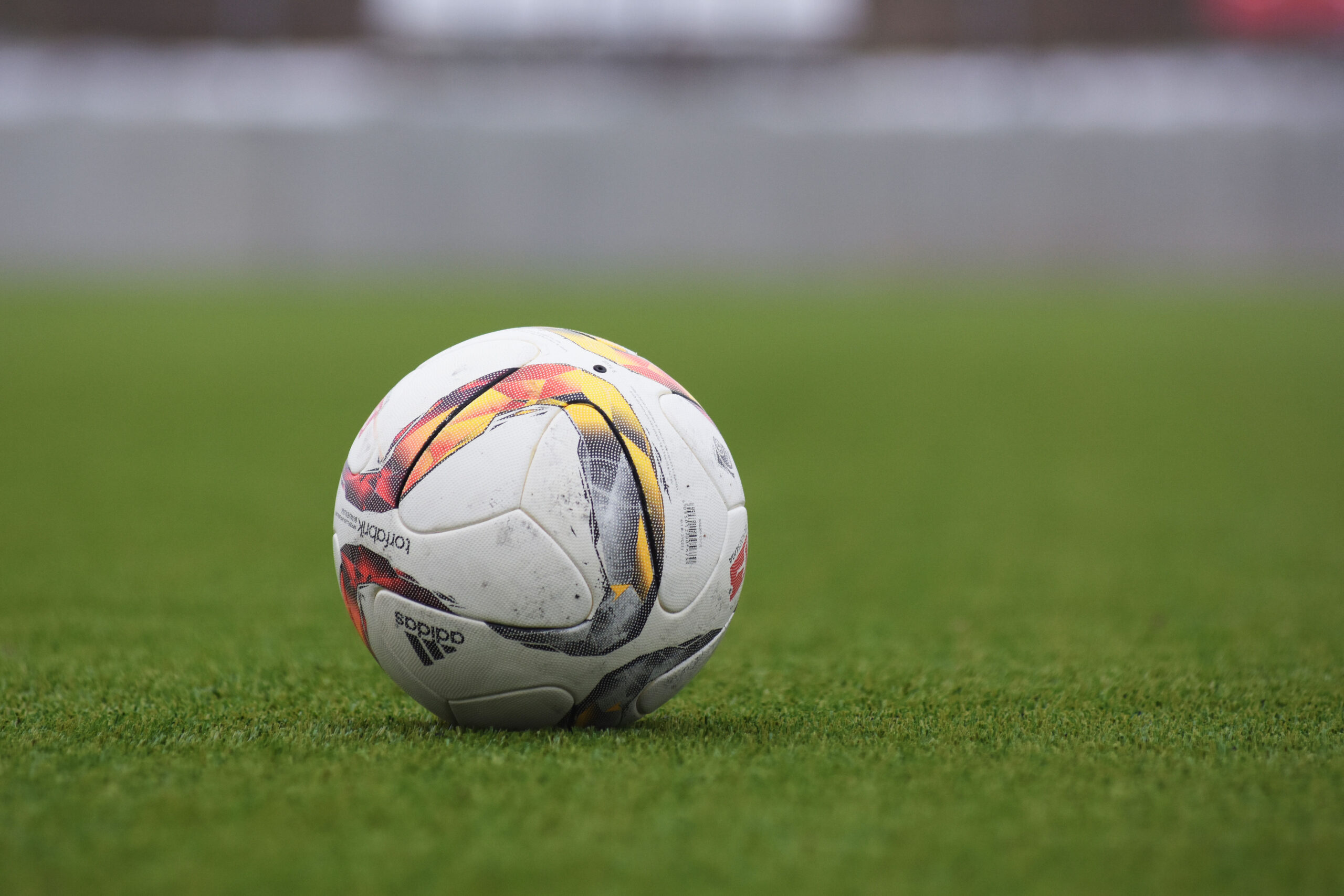How To Prevent Blisters From Soccer Cleats: Foolproof Tips
To prevent blisters from soccer cleats, ensure proper fit and break them in gradually. Wearing specialized socks and using protective tapes can also minimize friction.
Soccer enthusiasts often struggle with the discomfort of blisters, a common issue caused by the prolonged wear of new or poorly fitting cleats. Ensuring your soccer cleats fit correctly is crucial in avoiding the formation of painful blisters. Ill-fitting cleats lead to excessive friction and pressure points, which frequently result in blistering.
Taking time to break in your cleats and choosing the right socks are essential steps in maintaining foot health on the field. Protective measures like applying tapes or gels to sensitive areas can further reduce the risk of blisters, allowing players to focus on their game rather than foot pain. With the correct precautions, soccer players can effectively protect their feet and enhance their performance.
The Menace Of Blisters For Soccer Players
Soccer cleats cause blisters through constant friction and pressure on the skin. Tight or poorly fitted cleats trap feet, leading to skin irritation. Moisture from sweat and heat build-up worsen the situation, making feet prone to blisters. Using grip socks can help by minimizing foot movement inside the cleat, thus reducing friction. It’s crucial to ensure cleats fit well to avoid unnecessary rubbing.
Breaking in new soccer cleats gradually is important. Start by wearing them for short periods during non-stressful activities. You can also protect hot spots with special tapes or padded socks. Proper foot care, including keeping feet dry and using anti-chafing products, can also prevent blisters.

Credit: www.bicycling.com
Selecting The Right Cleats
Ensuring your soccer cleats fit well is crucial to prevent blisters. Too tight cleats can cause unwanted rubbing. This leads to painful blisters. Feet should be measured accurately before purchasing. There should be a thumb’s width of space at the cleat’s end.
Always wear socks you play in when trying on new cleats. This helps gauge the true fit. It is best to shop for cleats in the afternoon. Feet naturally expand throughout the day. Break in new cleats with short walks before playing.
Materials Matter: Leather vs SyntheticLeather cleats often offer better molding to your feet’s shape. They may require a longer break-in period. Synthetic materials are lighter and tend to hold their shape longer. However, they might not stretch as well as leather.
| Material | Pros | Cons |
|---|---|---|
| Leather | Forms to foot, Comfortable | Takes time to mold, Heavier |
| Synthetic | Lightweight, Durable | Less stretch, Can be less breathable |
Socks And Their Role In Blister Prevention
High-quality socks are key for blister prevention. Look for materials that wick away moisture. This keeps feet dry and reduces friction. Synthetic fibers like polyester and nylon are great choices. Avoid cotton as it holds moisture.
Try the double sock technique for extra protection. Wear a thin, moisture-wicking pair under a thicker, cushioned pair. This creates a friction barrier between the foot and the cleat.
| Layer | Material | Purpose |
|---|---|---|
| First (inner) | Synthetic wicking fabric | Keeps feet dry |
| Second (outer) | Denser, cushioned fabric | Reduces shoe friction |

Credit: health.howstuffworks.com
Blister Prevention Techniques
Properly breaking-in your cleats is a sure way to keep blisters at bay. Wear your new cleats for short periods around the house. Gradually increase the time you spend in them. This helps your cleats mold to the shape of your feet.
Anti-blister products play a key role too. Consider special socks designed to reduce friction. Apply anti-chafe balms on your feet before slipping into your cleats. They create a protective layer that reduces rubbing.
Look for moleskin pads or gel protectors to cover areas prone to blisters. This adds an extra layer of protection between your foot and the cleat.
Protective Gear And Modifications
Right soccer cleats ensure comfort and prevent blisters. Protective gear like tape and special padding is key. Use non-stretch tape to secure feet. Apply it around toes and heels where blisters form. This reduces friction from cleats.
Grip socks also help. They lock the foot in place, making it slide less within the cleat. Less movement means fewer hot spots and blisters. Padding strategies vary. Some players prefer extra cushioning in vulnerable areas. Always try different thicknesses to find what works best for you.

Credit: fastercapital.com
Post-practice Care
Keeping feet clean and dry is essential. Regular washing of feet prevents infections. After soccer practice, always remove cleats and socks. Dry feet thoroughly to keep blisters at bay. Do not forget to trim your nails to prevent added pressure.
Moisturizing feet daily helps maintain skin elasticity. Use antiperspirant sprays to lessen sweating. Consider specialist grip socks to minimize friction. Change into fresh socks immediately after sessions.
Change wet cleats as soon as possible. Dry shoes in a well-ventilated area to prevent moisture buildup.
Regular inspection of feet for early signs of blistering is crucial. If regular soreness or blisters occur, consult a podiatrist. They may recommend better-fitting cleats or specialized insoles.
Conclusion
With the right steps, soccer cleat blisters can become a thing of the past. Prioritizing a proper fit, quality socks, and a smart break-in routine sets the stage for comfortable play. Remember, proactive care is your best defense against this common nuisance.
Protect your feet and enjoy the game without the interruption of painful blisters. Embrace these tips to keep your focus on the goal, not on your feet.
Soccer cleatsTo prevent blisters from soccer cleats, ensure proper fit and break them in gradually. Wearing specialized socks and using protective tapes can also minimize friction.
Soccer enthusiasts often struggle with the discomfort of blisters, a common issue caused by the prolonged wear of new or poorly fitting cleats. Ensuring your soccer cleats fit correctly is crucial in avoiding the formation of painful blisters. Ill-fitting cleats lead to excessive friction and pressure points, which frequently result in blistering.
Taking time to break in your cleats and choosing the right socks are essential steps in maintaining foot health on the field. Protective measures like applying tapes or gels to sensitive areas can further reduce the risk of blisters, allowing players to focus on their game rather than foot pain. With the correct precautions, soccer players can effectively protect their feet and enhance their performance.
The Menace Of Blisters For Soccer Players
Soccer cleats cause blisters through constant friction and pressure on the skin. Tight or poorly fitted cleats trap feet, leading to skin irritation. Moisture from sweat and heat build-up worsen the situation, making feet prone to blisters. Using grip socks can help by minimizing foot movement inside the cleat, thus reducing friction. It’s crucial to ensure cleats fit well to avoid unnecessary rubbing.
Breaking in new soccer cleats gradually is important. Start by wearing them for short periods during non-stressful activities. You can also protect hot spots with special tapes or padded socks. Proper foot care, including keeping feet dry and using anti-chafing products, can also prevent blisters.

Credit: www.bicycling.com
Selecting The Right Cleats
Ensuring your soccer cleats fit well is crucial to prevent blisters. Too tight cleats can cause unwanted rubbing. This leads to painful blisters. Feet should be measured accurately before purchasing. There should be a thumb’s width of space at the cleat’s end.
Always wear socks you play in when trying on new cleats. This helps gauge the true fit. It is best to shop for cleats in the afternoon. Feet naturally expand throughout the day. Break in new cleats with short walks before playing.
Materials Matter: Leather vs SyntheticLeather cleats often offer better molding to your feet’s shape. They may require a longer break-in period. Synthetic materials are lighter and tend to hold their shape longer. However, they might not stretch as well as leather.
| Material | Pros | Cons |
|---|---|---|
| Leather | Forms to foot, Comfortable | Takes time to mold, Heavier |
| Synthetic | Lightweight, Durable | Less stretch, Can be less breathable |
Socks And Their Role In Blister Prevention
High-quality socks are key for blister prevention. Look for materials that wick away moisture. This keeps feet dry and reduces friction. Synthetic fibers like polyester and nylon are great choices. Avoid cotton as it holds moisture.
Try the double sock technique for extra protection. Wear a thin, moisture-wicking pair under a thicker, cushioned pair. This creates a friction barrier between the foot and the cleat.
| Layer | Material | Purpose |
|---|---|---|
| First (inner) | Synthetic wicking fabric | Keeps feet dry |
| Second (outer) | Denser, cushioned fabric | Reduces shoe friction |

Credit: health.howstuffworks.com
Blister Prevention Techniques
Properly breaking-in your cleats is a sure way to keep blisters at bay. Wear your new cleats for short periods around the house. Gradually increase the time you spend in them. This helps your cleats mold to the shape of your feet.
Anti-blister products play a key role too. Consider special socks designed to reduce friction. Apply anti-chafe balms on your feet before slipping into your cleats. They create a protective layer that reduces rubbing.
Look for moleskin pads or gel protectors to cover areas prone to blisters. This adds an extra layer of protection between your foot and the cleat.
Protective Gear And Modifications
Right soccer cleats ensure comfort and prevent blisters. Protective gear like tape and special padding is key. Use non-stretch tape to secure feet. Apply it around toes and heels where blisters form. This reduces friction from cleats.
Grip socks also help. They lock the foot in place, making it slide less within the cleat. Less movement means fewer hot spots and blisters. Padding strategies vary. Some players prefer extra cushioning in vulnerable areas. Always try different thicknesses to find what works best for you.

Credit: fastercapital.com
Post-practice Care
Keeping feet clean and dry is essential. Regular washing of feet prevents infections. After soccer practice, always remove cleats and socks. Dry feet thoroughly to keep blisters at bay. Do not forget to trim your nails to prevent added pressure.
Moisturizing feet daily helps maintain skin elasticity. Use antiperspirant sprays to lessen sweating. Consider specialist grip socks to minimize friction. Change into fresh socks immediately after sessions.
Change wet cleats as soon as possible. Dry shoes in a well-ventilated area to prevent moisture buildup.
Regular inspection of feet for early signs of blistering is crucial. If regular soreness or blisters occur, consult a podiatrist. They may recommend better-fitting cleats or specialized insoles.
Conclusion
With the right steps, soccer cleat blisters can become a thing of the past. Prioritizing a proper fit, quality socks, and a smart break-in routine sets the stage for comfortable play. Remember, proactive care is your best defense against this common nuisance.
Protect your feet and enjoy the game without the interruption of painful blisters. Embrace these tips to keep your focus on the goal, not on your feet.


